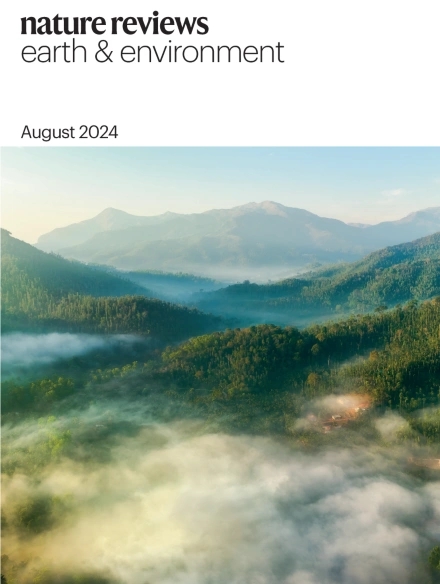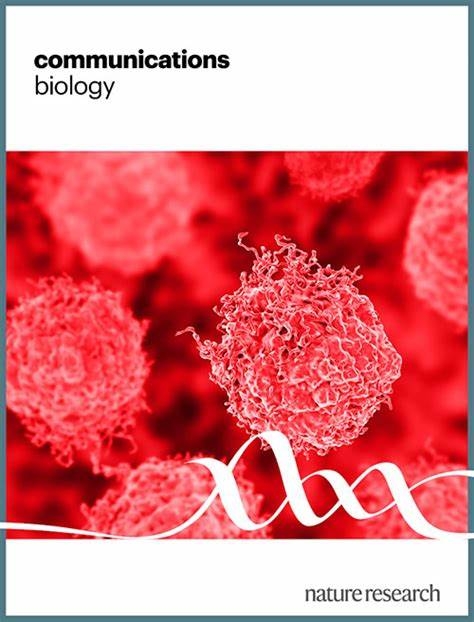- Department:(Dept. 2) Community and Ecosystem Ecology
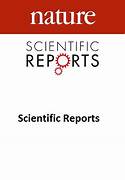
Unpredicted ecosystem response to compound human impacts in a European river
The authors have compiled and analyzed the key environmental factors that led to the mass development of the brackish water alga Prymnesium parvum in the Oder in the summer of 2022. The data synthesis shows how multiple stressors combined to allow an alga that normally thrives in stagnant salt water to proliferate en masse in a completely atypical habitat.
Monitoring, trends and impacts of light pollution
The "Night Watch" consortium has compiled studies that use satellite images and star observations to analyse how artificial light is changing our night sky and nocturnal environments. Almost 50 per cent of the earth's surface is affected by light pollution, with natural darkness being outshone by a factor of up to several thousand. And light pollution is increasing: 2-10% each year.
Unleashing the power of remote sensing data in aquatic research: Guidelines for optimal utilization
The study aimed to elucidate the tradeoffs for the utilization of remote sensing data in limnological studies with an example based on the estimation of chlorophyll a due to its importance as a water quality indicator. Assessing atmospheric correction and product limitations ensures alignment with the limnological study.
Causes of macrophyte mass development and management recommendations
In field experiments the authors investigated why mass developments of macrophytes occur and what the consequences of removing them are. The evaluation of different management approaches showed that the "do nothing" option can also be considered when dealing with aquatic plants.
Reducing the fatal attraction of nocturnal insects using tailored and shielded road lights
In a transdisciplinary study, a research team led by IGB has developed insect-friendly street lighting and tested it in the Dark Sky Reserve Westhavelland as well as in three German municipalities. Tailored and shielded street lamps make the light source almost invisible outside the illuminated area and significantly reduces the lethal attraction for flying insects in different environments.
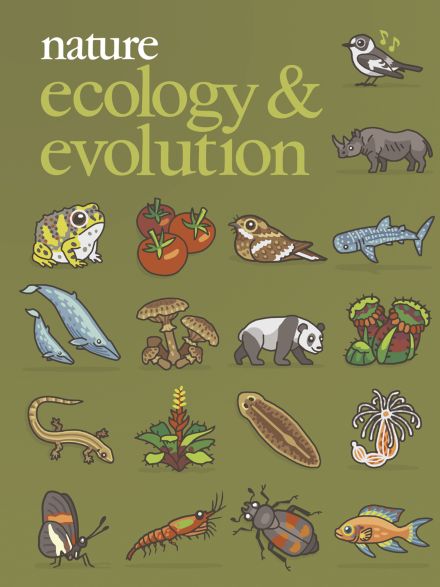
Inland navigation and land use interact to impact European freshwater biodiversity
Using a comprehensive set of long-term data, the authors show that shipping has contributed to a significant loss of biodiversity of fish and macroinvertebrates in European rivers in recent decades – and that the animal communities are becoming increasingly homogeneous and river-typical species are being lost. Invasive species, on the other hand, are significantly increasing.

The potential of citizen science to transform science: Lessons for a sustainable future
The authors analysed 8 citizen science projects within Accelerator Programme of the EU H2020 funded ACTION project that deal with environmental pollution. Citizen science involves the public in the scientific process, making research more relevant and responsive. Our findings show that this can lead to a more sustainable future, where science and society work together to solve pressing problems.
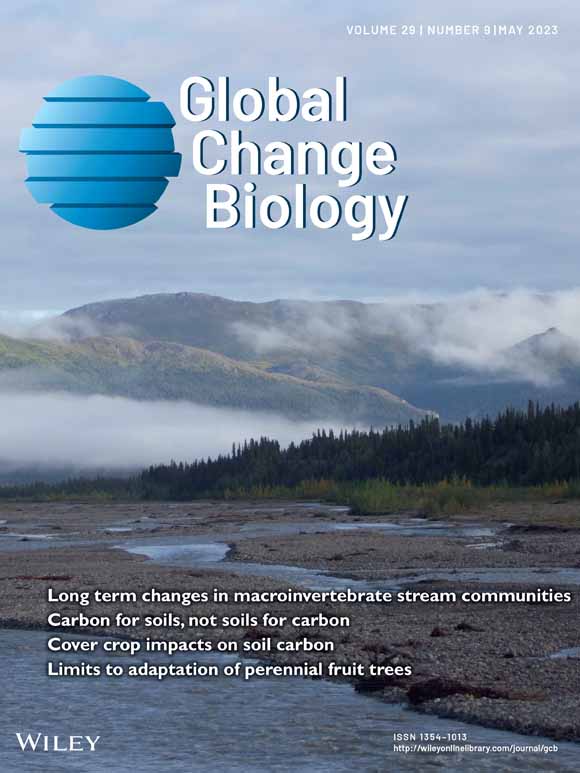
Global introductions and environmental impacts of freshwater megafish
The authors investigated the introductions of freshwater megafish on a global scale and assessed their environmental impacts. Of the 134 extant freshwater megafish species, 46% have been introduced to new environments, and of these, 69% have established self-sustaining alien populations and posed negative impacts on native species through nine different mechanisms.


